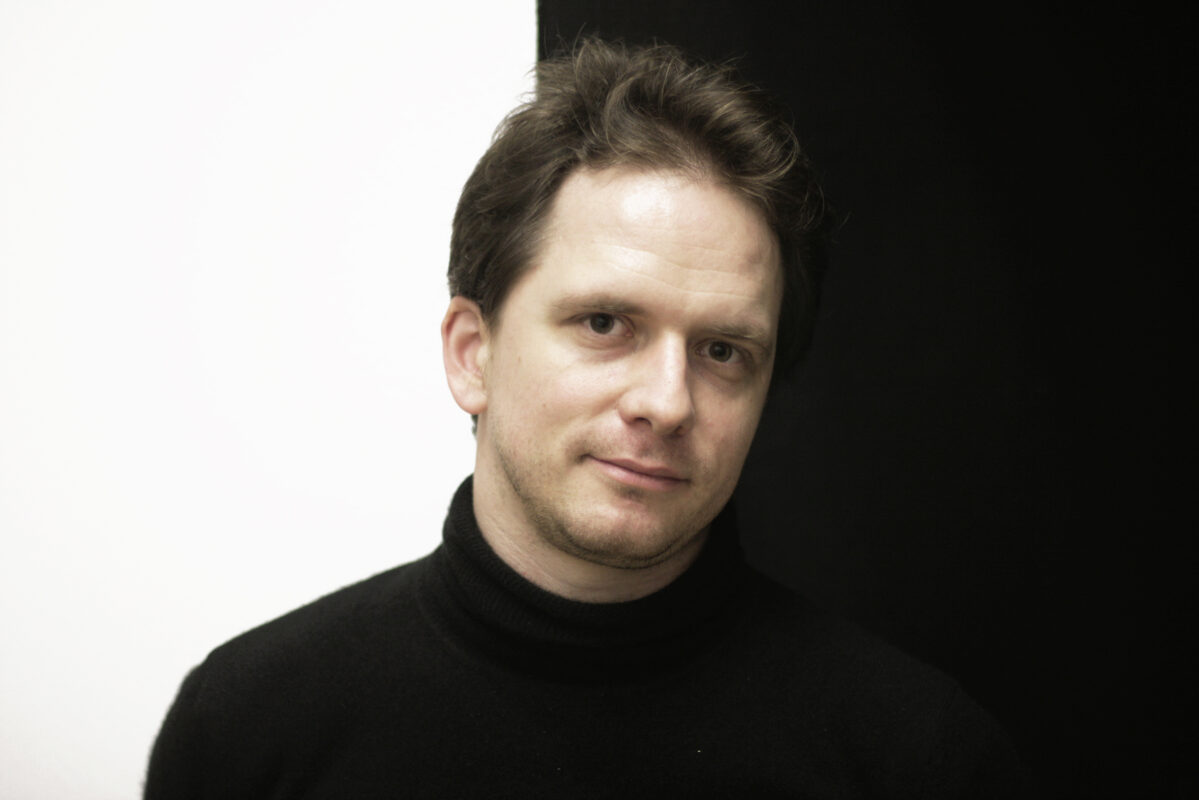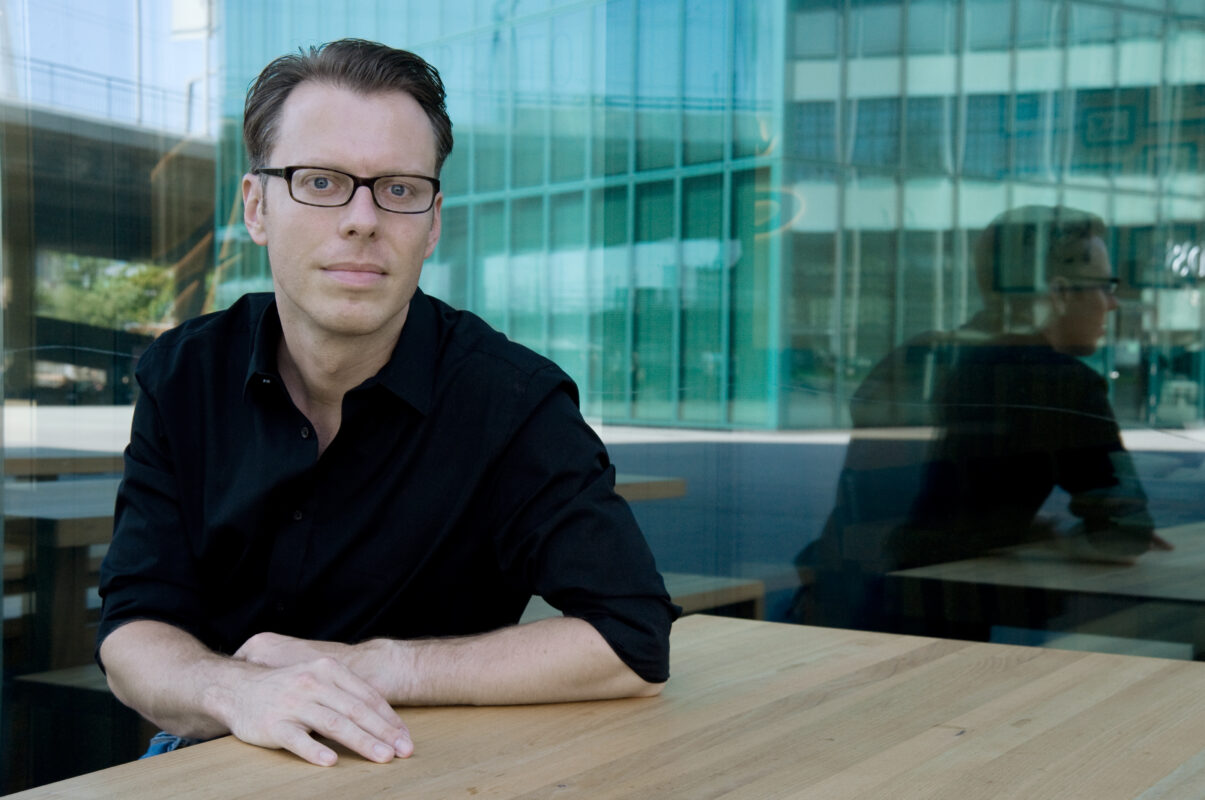Symphony no. 7
Every Friday, Beethoven is here. To mark the 250th anniversary of Beethoven's birth, each week Swiss Music Review takes a look at a different work from his catalog. Today, it's the Symphony No. 7 in A major.

Of all the musical parameters in Ludwig van Beethoven's 7th Symphony Op. 92, rhythm is undoubtedly the most important: each of the four movements is closely linked to a rhythmic figure that gives the work a pulse of energy - from the lively, sometimes bouncy 6/8 of the first movement to the powerful, fast finale. According to Richard Wagner, the work was an "apotheosis of dance", an expression he used less to designate possible choreography than to put into words the general gesture of the score.
Emotionally, however, the heart of this symphony is the second movement, slow despite the indication Allegretto (a little fast). The tone is dark, powerful, with the tragedy of a funeral march that Beethoven only leaves in two passages - similar to a repeated trio - in a lighter A major, melodically carried by clarinets and bassoons. An open brass chord solemnly frames the movement at the beginning and end. This funeral march is characterized above all by its sustained rhythm (long - short - short), completed by two long notes, a rhythm that will give the work its nickname, still common in France, of Dactylic symphony. At the first performances, just a few months after the victory over Napoleon at the Battle of Leipzig, won with considerable losses, the audience immediately understood the tragedy expressed in the Allegretto. The Viennese also shared this emotion, according to an account in theAllgemeine musikalische Zeitung in Leipzig. Listeners would have clamored for an encore each evening, hardly imaginable in concert today: "The Andante [!] (A minor) had to be repeated every time, and delighted connoisseurs and non-specialists alike."
This movement is still capable of arousing similar emotions today, as evidenced by its frequent use as film music for apocalyptic scenes - not in the illustrative sense, but as a musical setting of the inner state of shock. It can be heard, for example, in A king's speech (2010). Beethoven's score accompanies the radio address by England's King George VI, in which he announces to his people the country's entry into the Second World War - anticipating the countless casualties. The same slightly shortened movement is also used much more dramatically in Knowing (2009), when Nicolas Cage (a.k.a. John), shortly before the earth ignites in a sea of flames, climbs into his car, inserts a CD and, cut off from the outside noise, drives to his parents' home past the desperate crowd looting the inferno. Finally, the funeral march is not integrated into the plot per se, but more fundamentally into the philosophical and theological thought process of Man and earth (2007) - as a musically meaningful response to the question: "Do you believe in the future of humanity?"
Aufnahme auf idagio
Keeping in touch
A weekly newsletter reveals the latest column on line. You can subscribe by entering your e-mail address below, or by subscribing to our RSS feed.








